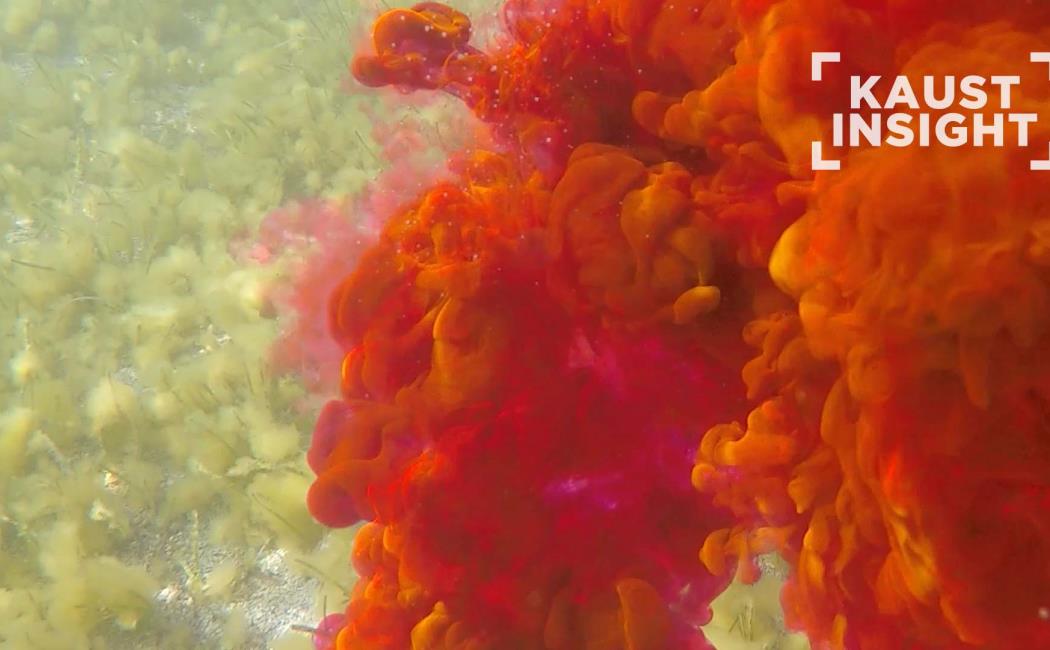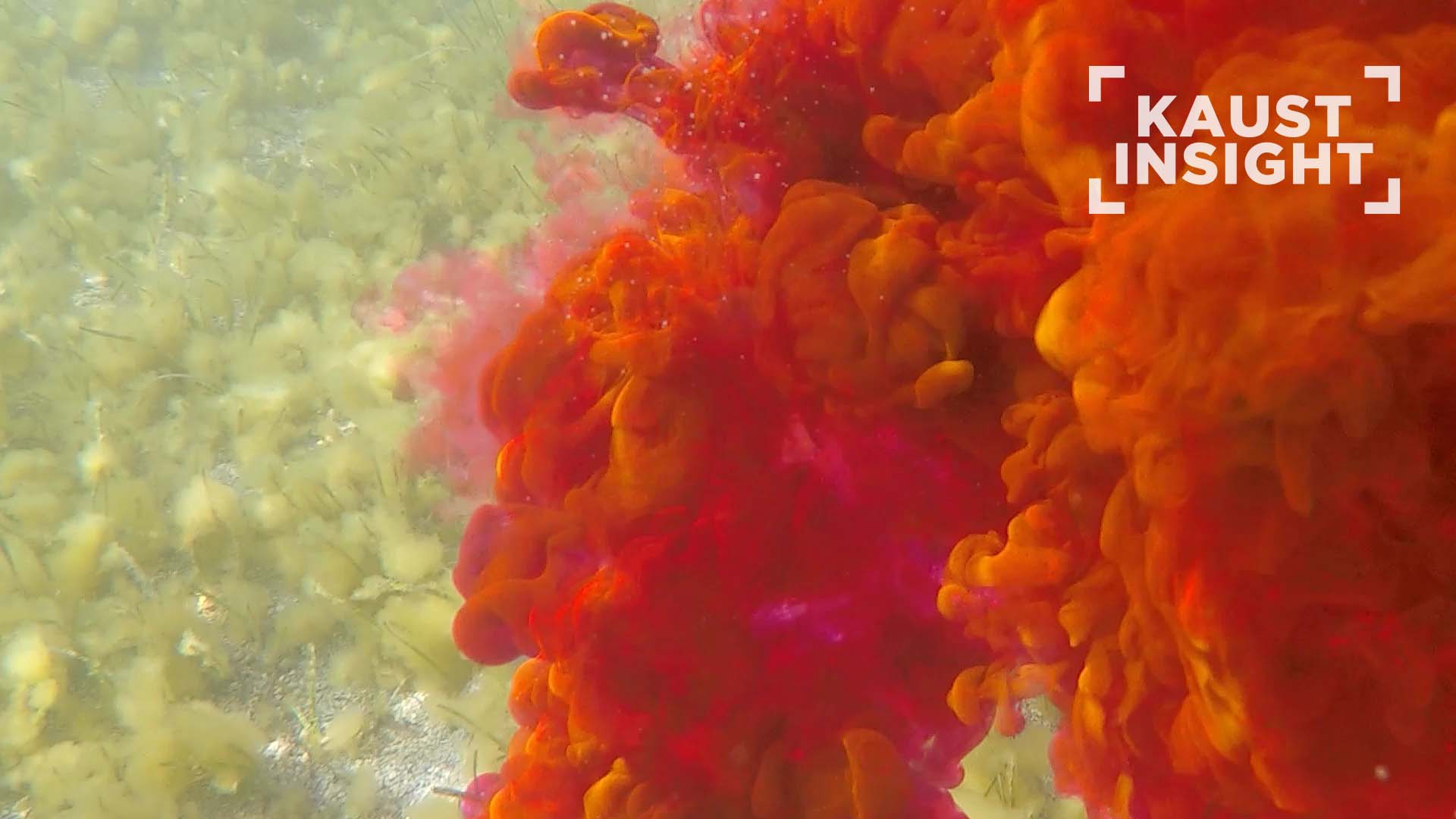


30 June, 2022
 Bringing disparate disciplines together helps KAUST scientists to create a detailed picture of water flows between different habitats on the Red Sea coast.
Bringing disparate disciplines together helps KAUST scientists to create a detailed picture of water flows between different habitats on the Red Sea coast.Working in the natural environment often presents some interesting challenges, but many minds make light work. “Our complementary skillsets brought remote sensing and marine science together for this project,” says Aislinn Dunne, Ph.D. candidate under the supervision of Burton Jones at KAUST’s Red Sea Research Center. “I am studying how coastal habitats, such as coral reefs, seagrass, and mangroves, are connected and how they interact with each other,” explains Dunne. “One aspect of this is how water flows between them, so my advisor suggested that dye could be used to visually trace water movement. ”However, to get a literal bird’s-eye view, Dunne needed a novel way to capture images of the tracer dye, and how it moved in the waters around the coast. Luckily, Earth observation expert Matthew McCabe was on her Ph.D. proposal committee and he had a bright idea.